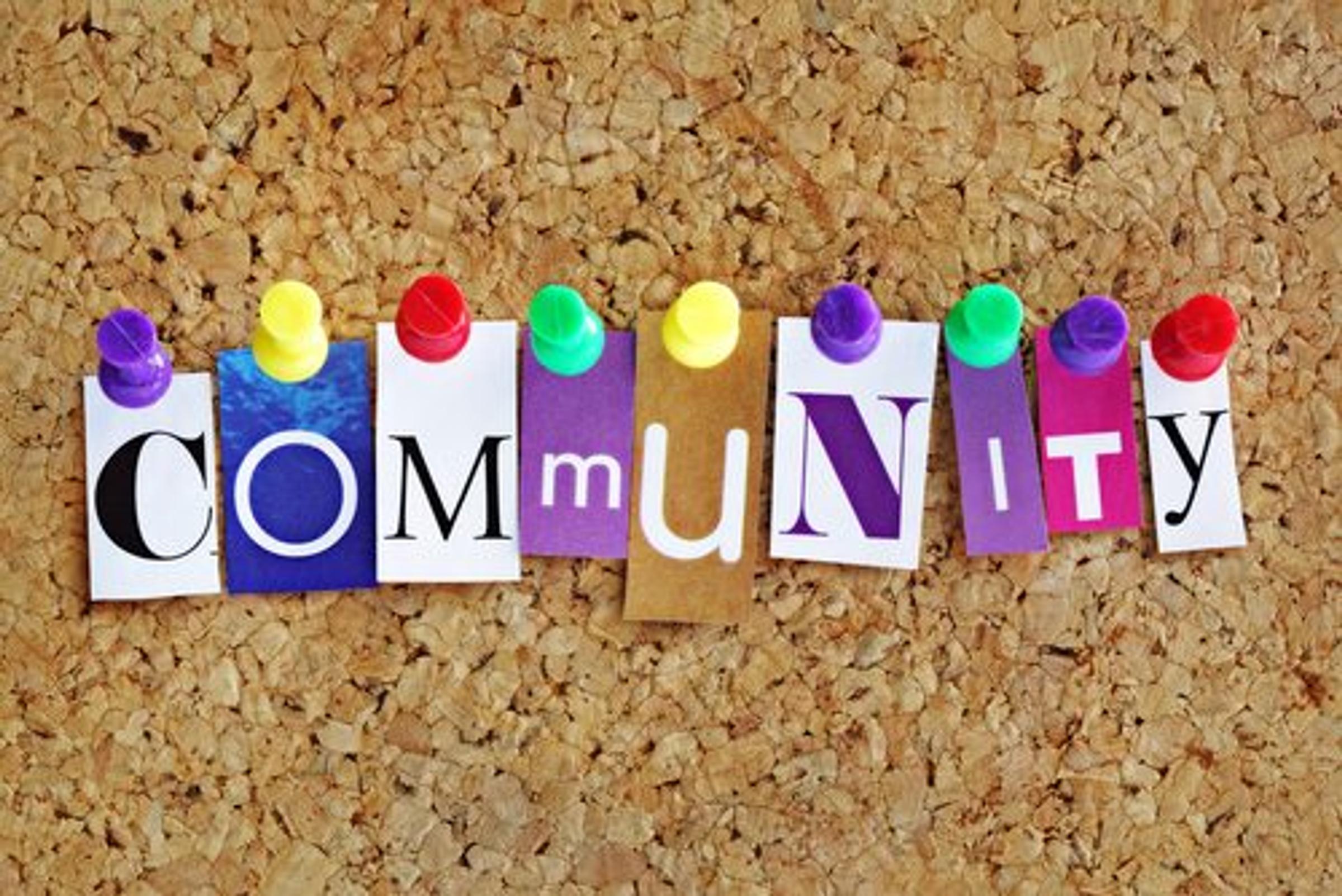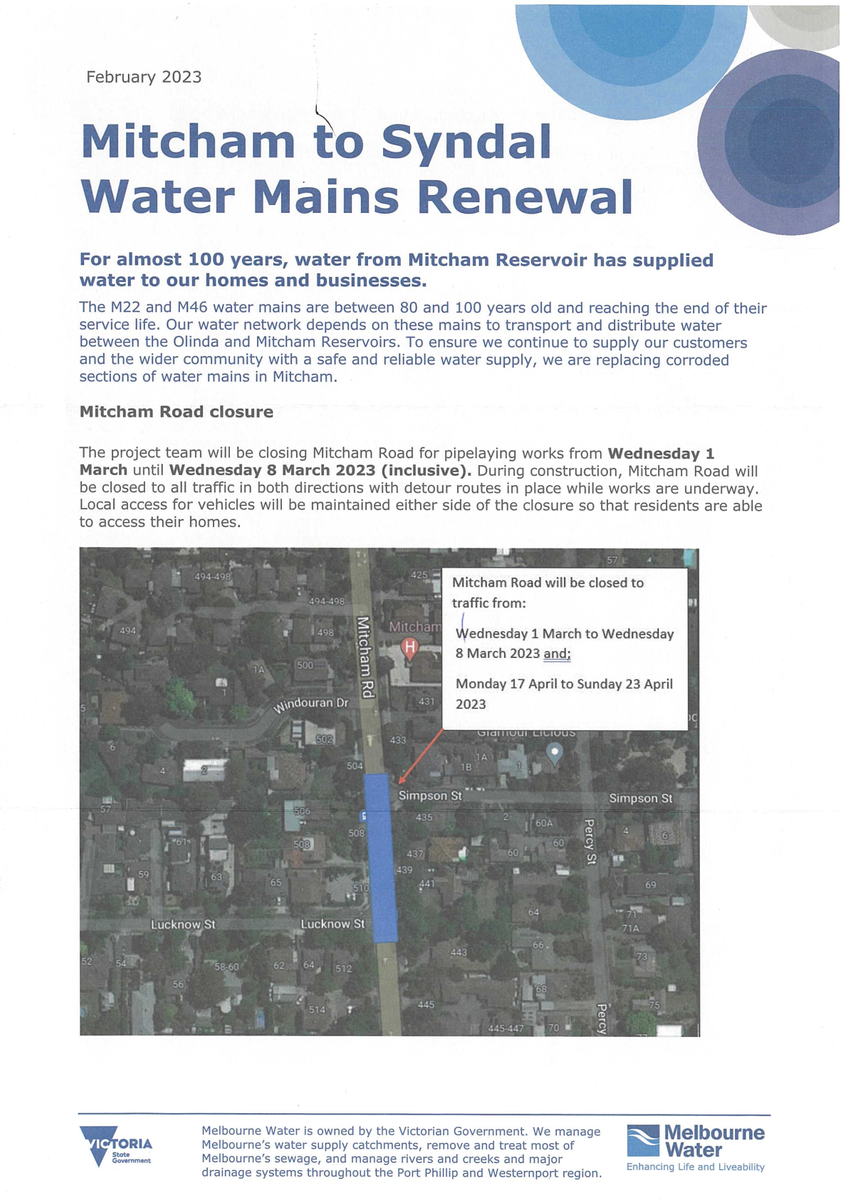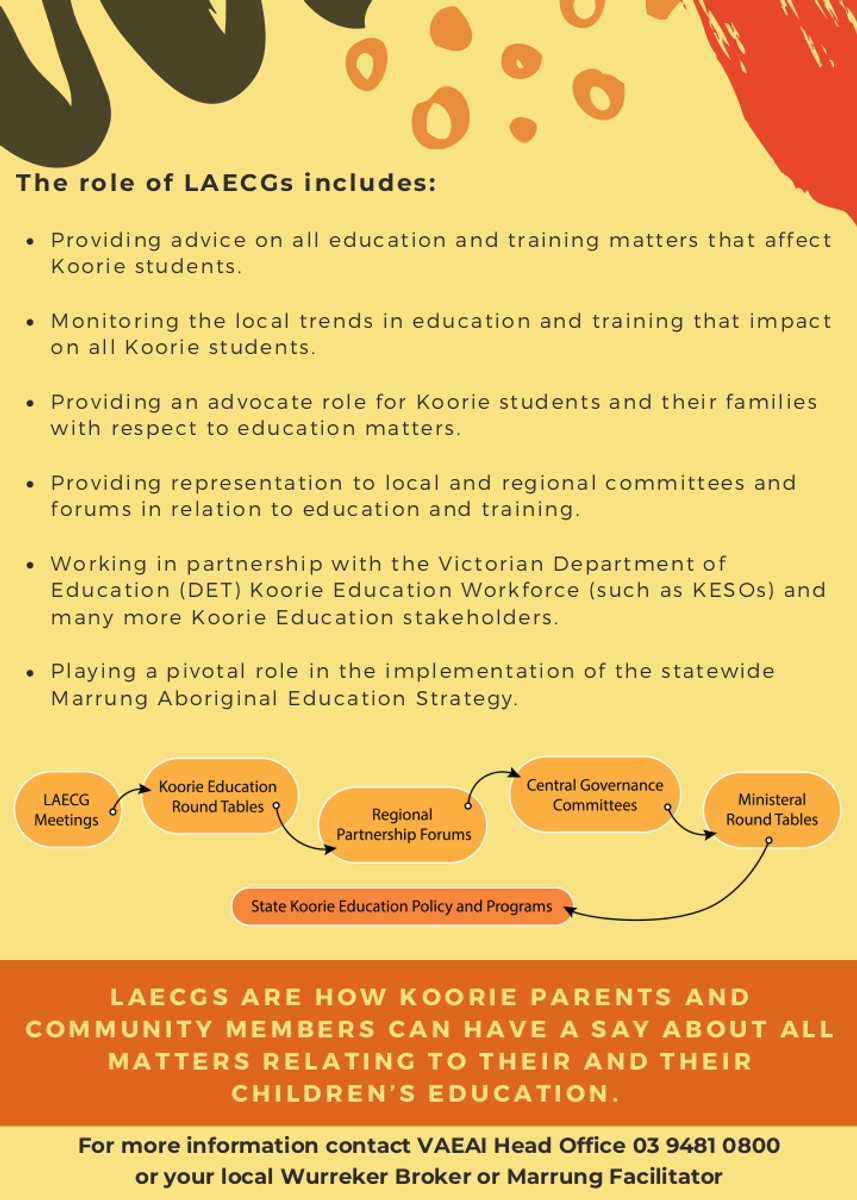Announcements
Vermont Secondary College

Announcements
Vermont Secondary College
Changed Traffic Conditions
Melbourne Water is doing some major works which will effect the local area.
The M22-M46 Mitcham to Syndal water mains renewal could have an impact on local traffic. Buses, and other transportation. Please see the link below for more information.




from 'Common Sense Media'
What is ChatGPT?
ChatGPT is a computer program that uses artificial intelligence (AI) to generate text. Launched by research company OpenAI, it gathers large amounts of data from the internet to create responses on demand. ChatGPT is unique because its answers are in conversational format, similar to how people write and speak. It can write essays and computer code, solve math problems, and much more.
How do you use ChatGPT?
To use ChatGPT, you first create a free account on the OpenAI website. Then you simply type questions or commands in the text box. Your requests can be as basic or elaborate as you can imagine. For example, you could ask it to write a story in the voice of your favorite movie character. Or ask it to give you a recipe based on the food you have at home. The tool allows you to continue to refine the answer by adding more instructions. ChatGPT saves a record of your conversations that you can view or continue at a later time.
Where does ChatGPT get its information?
To craft its responses, ChatGPT copies and remixes information from other places on the internet. It doesn't tell you its sources or who created the original information. As of this article's publication date, it uses internet data created up to 2021 only. The tool is still being developed, so it can make mistakes, spread misinformation, and give inaccurate answers.
Should children use ChatGPT?
OpenAI's Terms of Use state that users must be 18 or older. However, it doesn't ask users to verify their age when creating an account. Younger kids could easily access ChatGPT and come across content that's not age-appropriate. In addition, ChatGPT collects personal information and user data. This info is used to improve the system and can be shared with third parties for things like advertising. Under the Children's Online Privacy Protection Act (COPPA), collecting personal information from children under the age of 13 is illegal without parental consent.
If kids are interested in using ChatGPT, the best option is to use it alongside an adult. Kids could use ChatGPT with a parent or caregiver to get ideas about things they're interested in, like writing code or music. Families can explore the tool together and try prompts that are fun, inspiring, or helpful. Ask it to write a play with parts for everyone, or put together a poem in Yoda's style to read out loud.
Since ChatGPT is a new program, there's a lot we don't know about it. As artificial intelligence tools become more available, it will be important for families to talk with kids about how to use them appropriately and responsibly.
How can I talk to my child about ChatGPT?
If your children use or want to use ChatGPT, consider talking about these topics:
Explain the importance of checking the credibility of a source before trusting the information, and point out that ChatGPT does not give sources for its information.
Help them understand that plagiarism is when you take someone else's work or ideas and present them as your own. Using ChatGPT to do your schoolwork could be considered plagiarism or cheating.
Talk about how you might use ChatGPT as a family to be creative or get inspired. Have it create a list of outdoor activities for kids, or ask it to suggest a craft project to try.
The Well Being team have noticed an increase in discussion with parents and student about vaping, with parents often discussing a lack of knowledge in relation to this rising behaviour. E- Cigarettes or vapes comes in many different shapes.
Their designs are always changing which can make it hard to recognise. Although some of them may look like regular cigarettes or pipes others seem like a USB drive or pens. They are battery powered and have a liquid heating element with a place to hold.
Vapes often contain nicotine, heavy metals, and many other Cancer – causing chemicals that turn into vapour with the heating process. Currently there is a rapidly increasing use of E- Cigarettes and Vapes by young people with most young people unaware of the harmful effects.
Some of the harmful effects of Vaping are;
- Nicotine addiction
- Adverse influence on brain development
- Mental health concerns
- Vomiting, nausea, coughing, shortness of breath, and asthma
- Long term use can cause lung damage, heart disease and cancers
Signs a young person may be vaping are,
- Health issues such as coughing, shortness of breath, nosebleeds, and other respiratory symptoms
- Unfamiliar pens, USBs
- Unusual odour such as wedding cake, mint, lemon (if you can’t identify a source, it could be a vape)
- New batteries and chargers
- Discarded vaping pods and devices
The Department of Education and Training has developed resources to help you learn more about the health risks of smoking and vaping, and some suggestions about how to talk to children and young people about vaping, and where to get support. To access the resources, go to https://www.vic.gov.au/smoking-and-vaping-advice-parents
You can also view this video on smoking and vaping from experts at the Royal Children’s Hospital Melbourne for health advice and tips for starting a conversation with young people.



